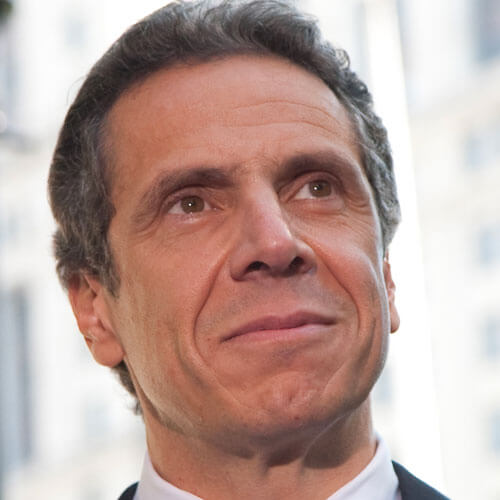In times of crisis, there are no easy answers to the uncertainty and anxiety that most of us experience on a daily basis. So when the coronavirus hit the U.S. full force in March, part of the solution for many Americans was reaching for a psychoactive chemical crutch — whether pharmaceutical, alcohol, or cannabis — to help them through the day and night.
For an increasing number, cannabis-infused edible products have become the crutch of choice. Drop into most retail cannabis shops, and the menu is stacked with sugary treats that would make Willy Wonka blush — gummies, cookies, weed-infused sodas, and a smorgasbord of other goodies that will calm your nerves at low doses — and might launch you into outer space at higher doses.
Shortly after the pandemic hit the U.S., the analytics firm Headset reported that the edibles category jumped 11% in Colorado, Washington, California and Nevada. These include both CBD- and THC-only edibles as well as blends of the two. In 2020, retail sales of cannabis products in the U.S. are on pace to eclipse $15 billion, an increase of approximately 40% over 2019 sales, according to the Marijuana Business Factbook.
That remarkable rise wasn’t guaranteed. In the early days of the pandemic, the big question in the cannabis industry was whether dispensaries and adult-use stores would be allowed to stay open. When they were deemed an “essential business” by states from coast to coast, the industry got an unexpected boost, and an important validation moving forward.
For edibles manufacturers, the bigger question now is: will this newfound legitimacy be a tipping point that propels weed-infused treats into mainstream American culture? Hot dogs, apple pie, and…loaded gummies?
Edibles also deliver an impressive bang for the buck. Research firm BDS Analytics estimates that almost half of the edibles market is gummies, and reports that the pandemic has accelerated those sales significantly. Since most gummies cost about $20 for a package of ten candies and 100mg of THC, they’re a no-brainer for budget buyers.
While consumers are generally a fickle bunch when it comes to cannabis products – experimenting and trying out new products and brands on a whim – it looks like people are developing a sweet tooth for gummies and other edibles that will persist well after the crisis is behind us.
About the Author:
Christopher Jones has been reporting on science, technology, cannabis and the drug war since the mid ‘90s. As the Technology Editor at Wired News, he helped launch and develop one of the first news sites on the Web. As a cannabis consultant, he helped businesses across the U.S. win licenses to start cultivation, manufacturing, and retail operations. For the last 5 years he has been chronicling the legalization of cannabis in America and telling the stories of the farmers, activists and entrepreneurs who have dedicated their lives and careers to the plant.


